Mixing energy drinks may affect brain like cocaine
Wed 26 Oct 2016, 12:39:37
Drinking highly caffeinated beverages mixed with alcohol may trigger changes in the adolescent brain similar to taking cocaine, according to a new study.The effects last into adulthood as an altered ability to deal with rewarding substances, researchers said.
Richard van Rijn, an assistant professor at Purdue University in the US, looked at the effects of highly caffeinated energy drinks and highly caffeinated alcohol in adolescent mice.
These studies cannot be performed in adolescent humans, but changes seen in mouse brains with drugs of abuse have been shown to correlate to those in humans in many drug studies.
These energy drinks can contain as much as 10 times the caffeine as soda and are often marketed to adolescents.However, little is known about the health effects of the drinks, especially when consumed with alcohol during adolescence.
Van Rijn and graduate student Meridith Robins showed adolescent mice given high-caffeine energy drinks were not more likely than a control group to drink more alcohol as adults.
However, when those high levels of caffeine were mixed with alcohol and given to adolescent mice, they showed physical and neurochemical signs similar to mice given cocaine."It seems the two substances together push them over a limit that causes changes in their
behaviour and changes the neurochemistry in their brains," van Rijn said.
behaviour and changes the neurochemistry in their brains," van Rijn said.
"We're clearly seeing effects of the combined drinks that we would not see if drinking one or the other," he said.With repeated exposure to the caffeinated alcohol, those adolescent mice became increasingly more active, much like mice given cocaine.
The researchers also detected increased levels of the protein delta FosB, which is marker of long-term changes in neurochemistry, elevated in those abusing drugs such as cocaine or morphine.
"That's one reason why it is so difficult for drug users to quit because of these lasting changes in the brain," van Rijn said.Those same mice, as adults, showed a different preference or valuation of cocaine. Robins found that mice exposed to caffeinated alcohol during adolescence were less sensitive to the pleasurable effects of cocaine. While this sounds positive, it could mean that such a mouse would use more cocaine to get the same feeling as a control mouse.
"Mice that had been exposed to alcohol and caffeine were some what numb to the rewarding effects of cocaine as adults," van Rijn said."Mice that were exposed to highly caffeinated alcoholic drinks later found cocaine wasn't as pleasurable. They may then use more cocaine to get the same effect," he said.
No Comments For This Post, Be first to write a Comment.
Most viewed from Health
AIMIM News
Latest Urdu News
Most Viewed
May 26, 2020
Who will win The 2025 ICC Women's Cricket World Cup?
Latest Videos View All
Like Us
Home
About Us
Advertise With Us
All Polls
Epaper Archives
Privacy Policy
Contact Us
Download Etemaad App
© 2025 Etemaad Daily News, All Rights Reserved.

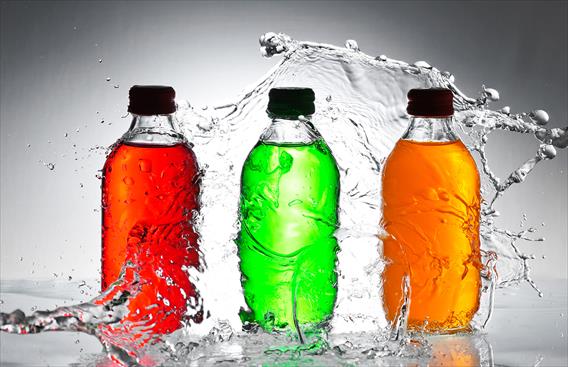



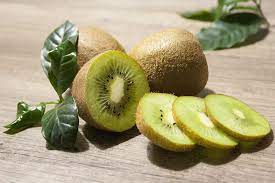
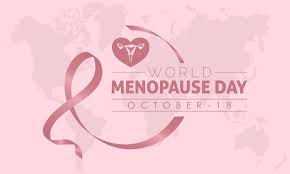
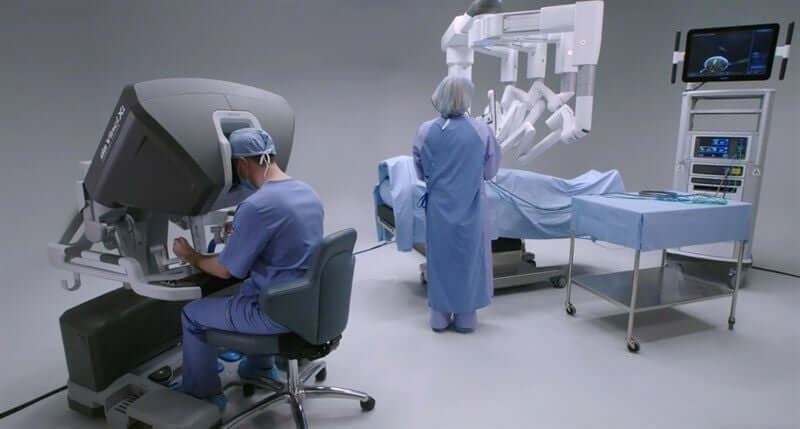

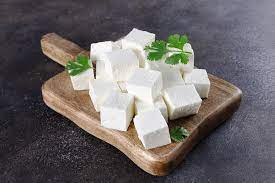
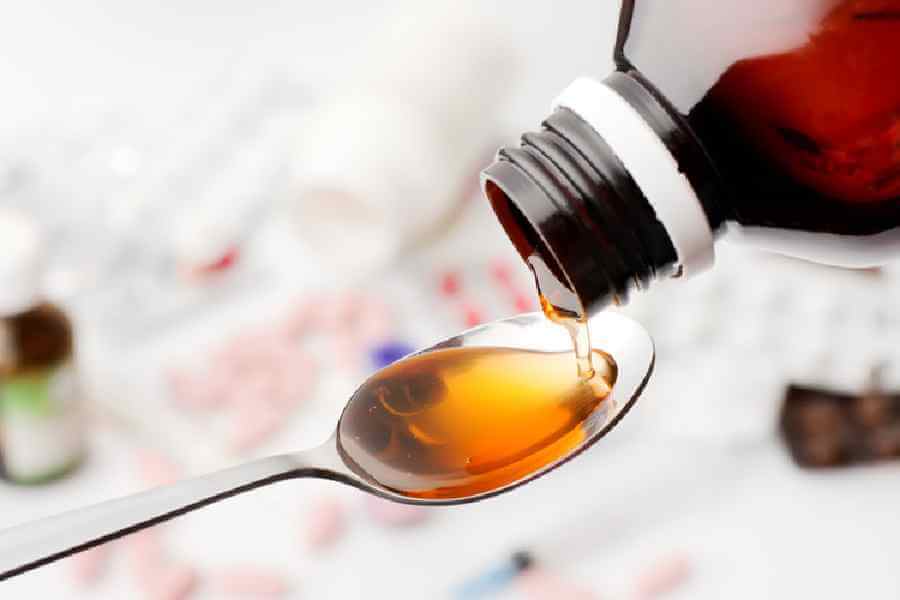

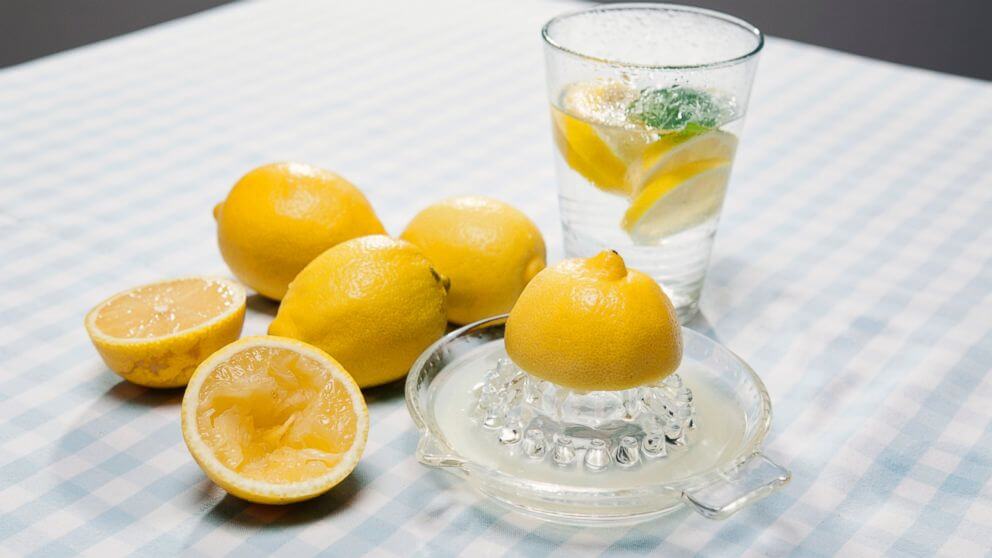














.jpg)
.jpg)
.jpg)


